Table of Contents (Tata Punch EV Review)
Today, be ready to know the information about this fantastic ride with us as we are going to tell you about the best innovation of Tata i.e, Tata Punch EV. You’re probably thinking that it is just a car however it is more than that. So, buckle up your seat belt and enjoy tata punch ev review.
The dominance of Tata Motors in the Indian EV market is set to be further solidified with the introduction of the all-new Punch EV, which seamlessly fits between the top-end Nexon EV and the more basic Tiago EV. Being the fourth electric model in Tata’s lineup, the Punch EV is a potential bestseller in India’s EV market
Its appeal lies in being an SUV—a highly favored body style—and its origins from the extremely popular petrol-engine Punch. With its spacious interior, competitive pricing (Rs 10.99 lakh-15.49 lakh), and lack of direct rivals, the Punch EV is positioned as a potential market leader. While it appears as a winner on paper, its real-world performance remains to be evaluated. (Tata Punch EV Review)
Price and Specifications (Tata Punch EV Review)
| Attribute | Details |
| Price | ₹12.76 lakh onwards |
| Mileage | 315 km |
| Engine Capacity | NA (Electric) |
| Transmission | Single Speed |
| Fuel Type | Electric |
| Seating Capacity | 5 Seater |
Design – Tata Punch EV Review
The regular petrol Punch was perceived as quite attractive, and the Punch EV appears even more so. Design modifications are largely limited to the front, with a blanked-out grille and the centrally located charging port cover. Access to the charging port is possible solely through the release button on the center console, a feature less convenient than an integrated key fob control.
The LED light strip, now a hallmark for all Tata EVs, stretches across the bonnet, providing a distinct look, much like the protruding headlamp cluster housings on the lower front bumper. The pronounced front is completed by a deep chin with an air intake and a scuff plate. Indeed, the nose bears a resemblance to the Nexon EV, sharing similar design elements.
From the side, no change is observed, with the sculpted flanks, high beltline, and pillar-mounted rear door handle being retained. The tire size remains unchanged from the petrol version; the Punch EV is outfitted with 16-inch wheels (15-inch on lower variants), which appear somewhat small within the sizeable wheel arches.
The rear, heavily sculpted with arrow-like elements on the tail lights, continues to be a distinctive feature of the Punch. To further herald its EV status beyond the green registration plate, the Punch EV moniker is prominently emblazoned across the tailgate by Tata Motors. (Tata Punch EV Review)
Interior– Tata Punch EV Review
The 10.2-inch twin screens in the cabin command attention, brimming with features and technologies. The main infotainment screen hosts the Arcade. ev suite of 17 apps, offering Amazon, music, games, podcasts, and streaming services. It naturally includes wireless phone charging and supports wireless Apple CarPlay and Android Auto.
There is a lot of information on the highly adaptable digital instrument cluster, which includes information from your connected phone, navigation, and driving information like a power flow histogram. The power flow animation and other images are slightly too small to be viewed, which is the sole problem with this. The top-end Empowered variant is equipped with features typically found in cars of higher segments, such as a crisp 360-degree camera, blindspot monitoring, cooled leatherette seats, an electronic parking brake with auto hold, an air purifier, auto wipers, and an auto-dimming rearview mirror. The ‘Hey Tata’ voice assistant also accepts over NUM0 voice commands in six languages and is compatible with Alexa, Siri, and Google assistants.
While the Punch EV boasts a similar level of equipment as the Nexon EV, it lacks features such as V2V and V2L charging, and configurable ambient lighting. The switches and buttons on the dashboard have a robust and substantial feeling. However, upon closer inspection, several inferior elements are noticeable.
The quality of the plastic and the finish of the frequently used piano black surface are unimpressive, as they tend to collect smudges and dust, and are susceptible to scratches. The all-black lower console’s touch-sensitive buttons lack clear definition, forcing you to take your eyes off the road to operate them. However, the most frustrating issue remains the rotary drive controller’s infuriatingly slow response and occasional failure to engage without a firm foot on the brake pedal. (Tata Punch EV Review)
Explore the battery challenges of electric vehicles
Electrifying Performance and Smooth Handling- Tata Punch EV review
Tata Motors’ success in the Indian EV market with the Punch model has overshadowed its weakness in internal combustion engines. The conventional petrol engine in the standard Punch has been criticized for being ordinary and underpowered. However, the introduction of the Punch EV addresses this weakness, offering a remarkable improvement with a 122hp electric motor that delivers strong, smooth, silent, and seamless power. This electric variant, utilizing the same motor as the Nexon EV, outshines its petrol counterpart.
In the three driving modes of the Punch EV – Sport, City, and Eco – it is demonstrated effortless acceleration, progressive speed, and satisfying power. Sport mode, with a 0-100kph time of 9.5 seconds, stands out as the most thrilling option. The driving experience is quiet and comfortable in the electric SUV, with no jerks or vibrations, emphasizing its EV characteristics. The transition to electric power in the Punch EV has eliminated its weaknesses and made electric power its most notable feature.
The maximum torque, which was previously unleashed instantly from a standstill, has been dialed down It’s a shame that the neck-flexing thrust felt every time an electric vehicle’s right foot is floored is what makes driving one addictive. (Tata Punch EV Review)
Comfort– Tata Punch Review
The power delivery of Tata Motors engines has been deliberately made more gradual by softening the response, preventing a sudden and potentially startling surge of power. This caters to the average driver’s comfort but fails to deliver the desired thrust for enthusiasts when accelerating in an electric vehicle. Why should enthusiasts of electric vehicles, who seek maximum performance, accept modes other than Sport, even when they have suitable options for everyday driving situations?
The traffic is ideal for leisurely strolling through it in city mode with the vehicle. This is the setting that most owners will utilize for approximately 90 percent of their driving time. Eco mode is not a mode that automatically provides you with essential additional kilometers when your charge is running low in everyday traffic, an Eco model also functions well. However, when you press the pedal all the way, you notice a clear absence of power. The three driving modes in Tata’s vehicle could have had a more energetic response in Sport mode.
The four regenerative braking settings are more clearly defined and are conveniently adjustable using the steering paddles. Level 0 has no regeneration, and coasting is how it seems most natural. Level 3, also known as maximum regeneration, is rather forceful and provides 0.18g of deceleration, which is adequate for one-pedal driving in traffic but requires the application of the brakes to stop the vehicle completely due to the built-in creep function. (Tata Punch EV Review)
Ride
In terms of ride comfort, the Punch EV excels. Road imperfections are absorbed by the Punch EV with the strength typically associated with larger SUVs, due to its softer dampers. Sharp edges do thud through at low speeds, although that is mainly due to the impact being absorbed by the sidewalls of the 195/60 R 16 tires. The lower-spec cars’ larger profile 185/70 R 15 tires on 15-inch rims ought to be more comfy. Tata Punch EV Review

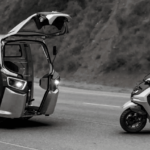




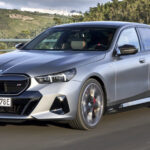


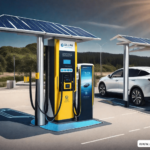

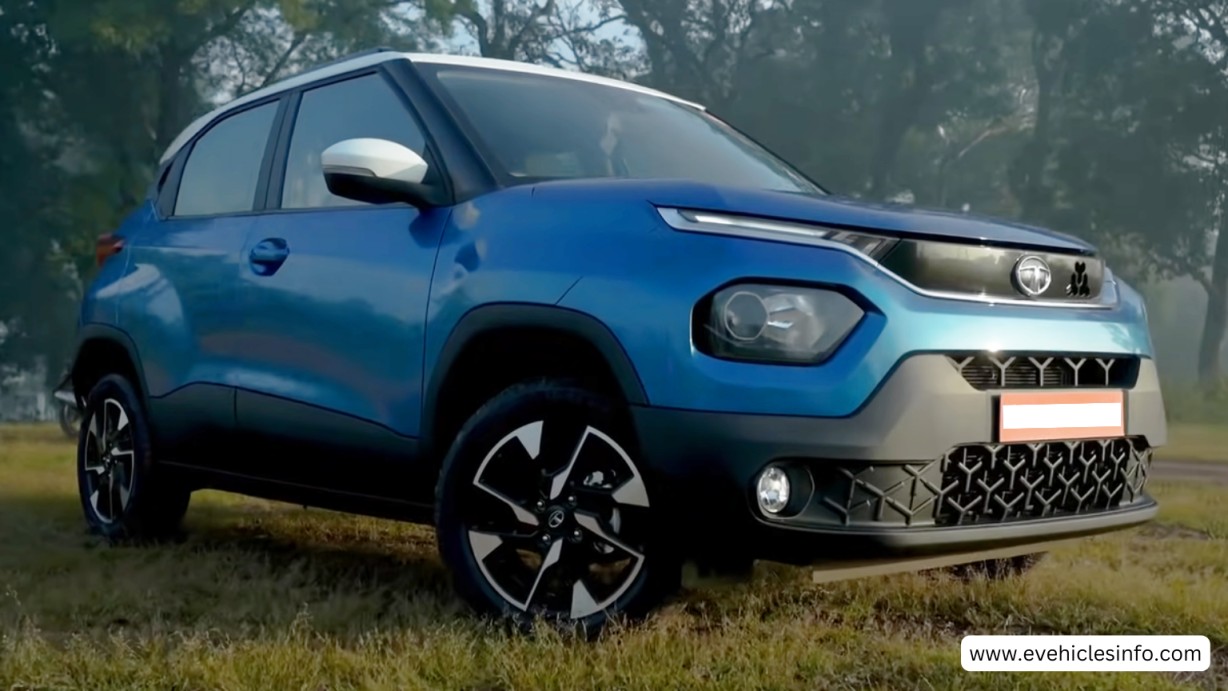
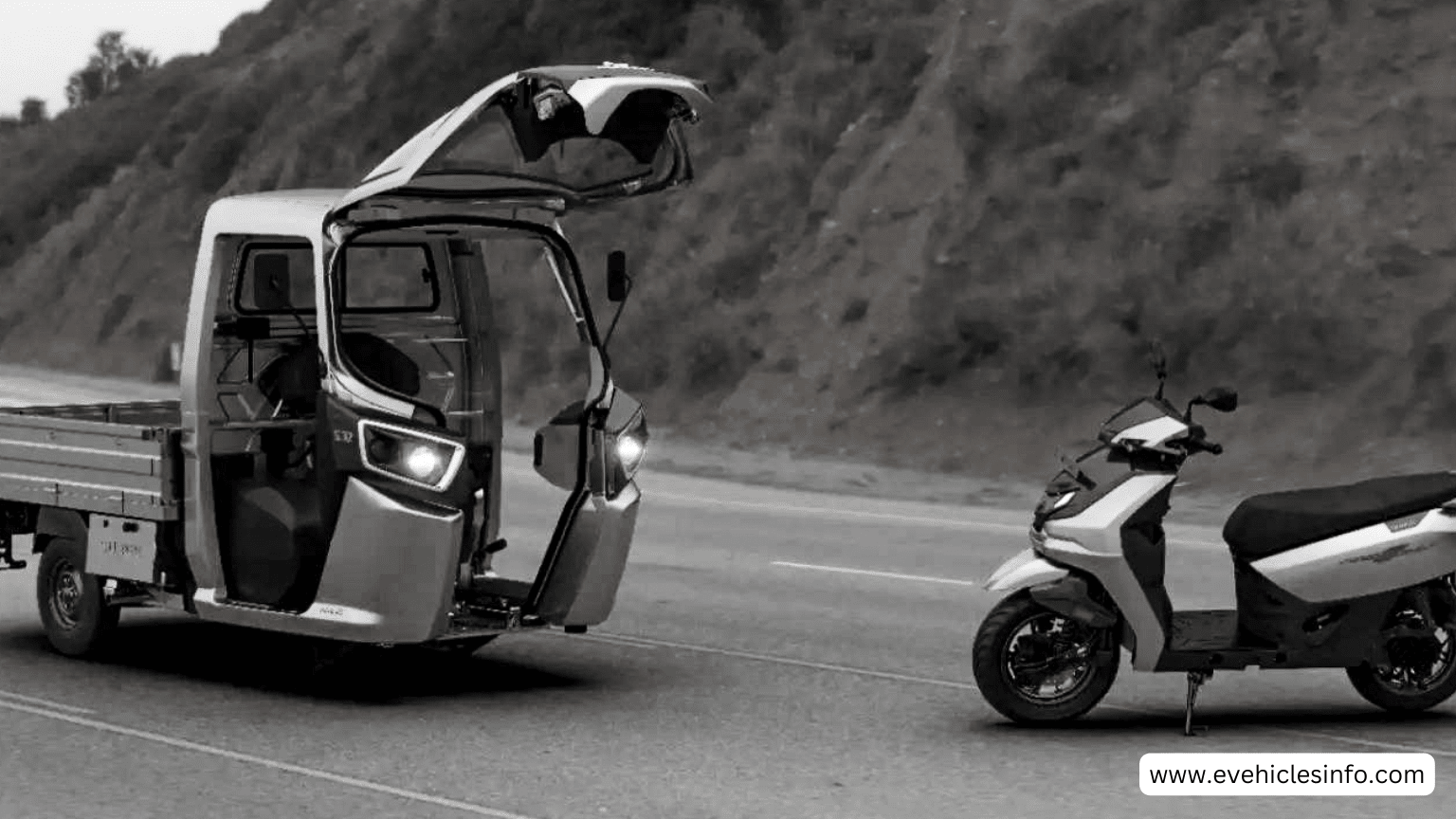
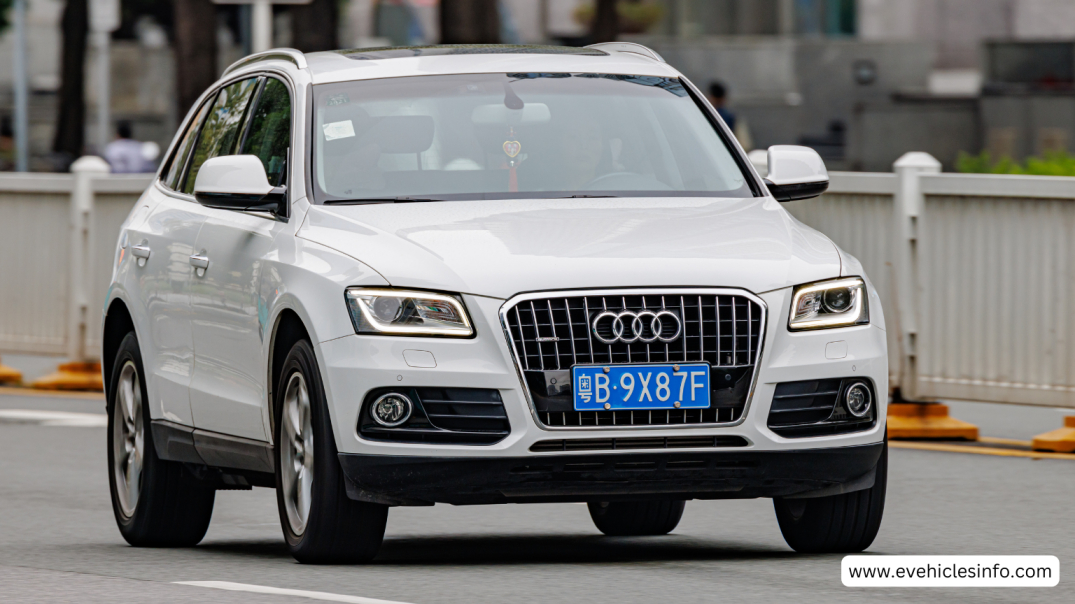
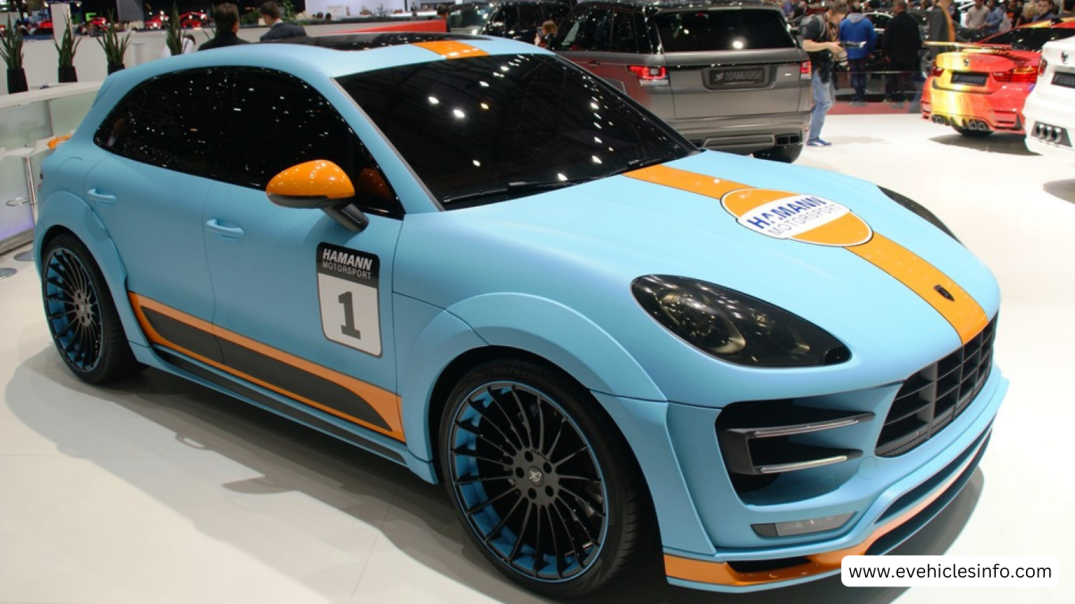
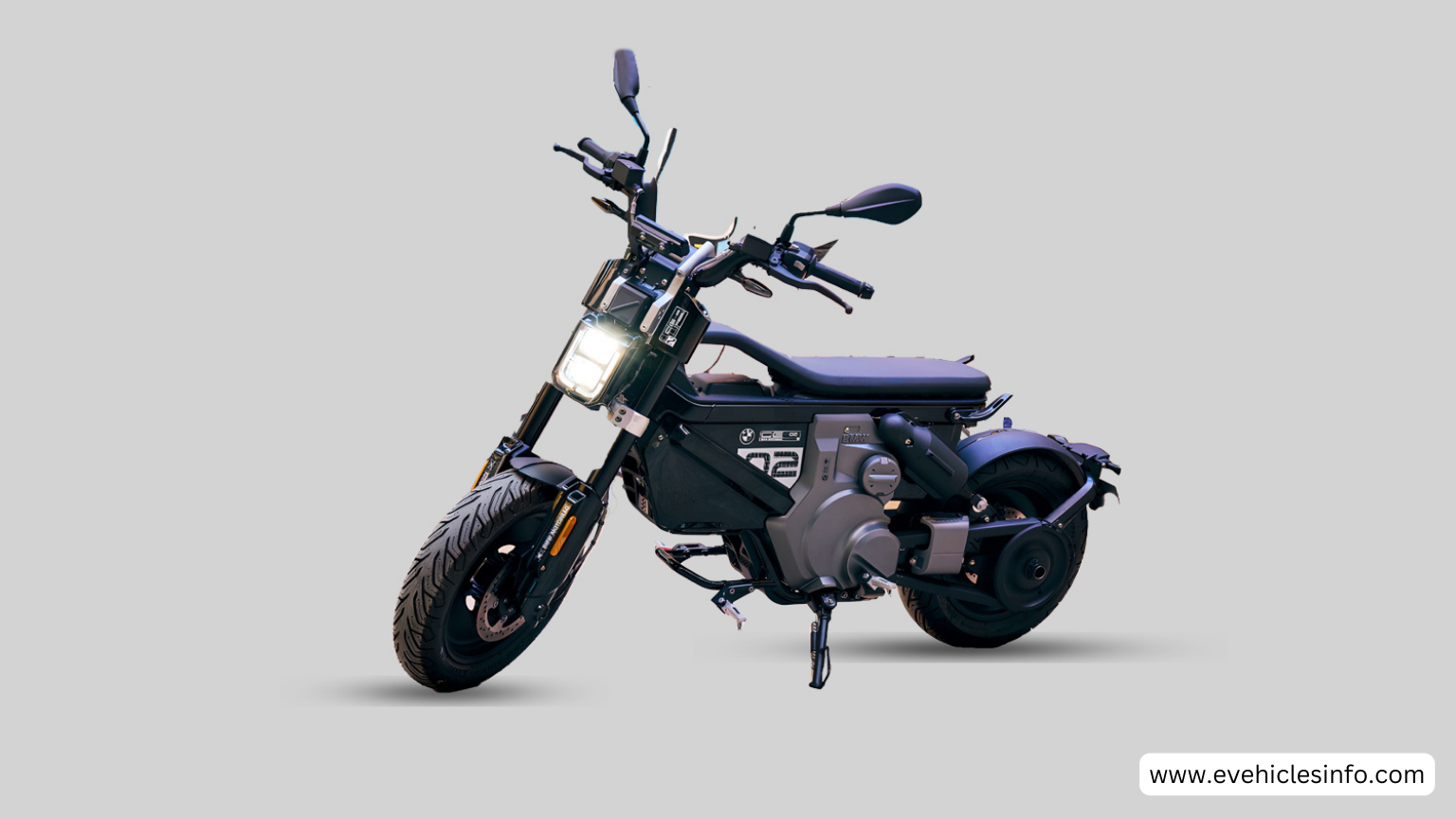
2 thoughts on “Nexon Vibes in a Compact Size: Tata Punch EV Review”